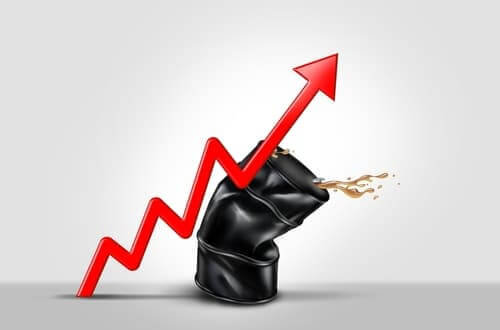Stocks saw a boost on Thursday as the latest Consumer Price Inflation (CPI) data for July indicated a modest increase of 0.2%. Although this report seems to align with Wall Street’s predictions and may have investors relieved, there are underlying signals that the volatile energy components are once again influencing the market. These fluctuations have significant implications for both Federal Reserve (Fed) policy and investor portfolios.
In June of the previous year, headline CPI, which factors in the volatile energy and food prices, reached a peak of 8.9% – a four-decade record. Since then, it has experienced a sharp decline. As this peak was witnessed 13 months ago, year-over-year comparisons from that period are now on the decline. While this implies that further year-on-year declines are less likely, it’s important to note that as long as the month-over-month numbers continue to rise, base effects will remain in play.
The most recent CPI report indicates that the year-over-year headline inflation figure rose from 3.0% to 3.2% in July. What’s noteworthy is that in the past two reports, energy contributed positively to inflation rather than acting as a cooling factor, which had been the trend since July of the preceding year.
While the monthly rise in energy subcomponents isn’t inherently concerning, the short-term charts of commodities such as crude oil and natural gas, as well as the overall commodity complex, suggest a strong bullish trend. This hints at the potential for higher inflation figures in the coming months, which could prompt the Fed to take action not anticipated by the market.
WTI crude oil recently surged to nearly $85, marking the highest price since November 2022 and a 23% increase over the past six weeks. Likewise, natural gas futures hit $3 for the first time since January. The S&P GSCI Index, a comprehensive measure of commodity prices, is also trending upward, aiming to break out after experiencing a nearly 40% crash from its peak in 2022.
The stock market appears to be preparing for sustained energy outperformance. The S&P Select Energy SPDR Fund (XLE) stands out as the top-performing large-cap sector for both the current month and quarter. This is a stark contrast from its status as one of the worst-performing sectors earlier in the year.
While investors have grown accustomed to the Fed maintaining its current approach, keeping short-term rates elevated, there is no indication that they have priced in the possibility of the Fed responding to another surge in price inflation. This could entail hiking its benchmark rate to levels like 6% or beyond.
It’s important to note that energy futures could once again reverse their trajectory. A false breakout on the charts could confuse traders and alleviate pressure on inflation statistics for a while. However, if the upward trend in energy commodities persists, it’s likely to lead to a broader reevaluation of market expectations regarding the economy’s trajectory.











